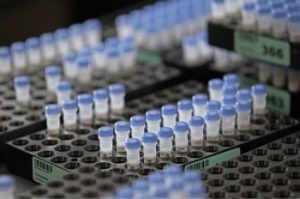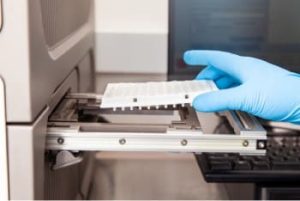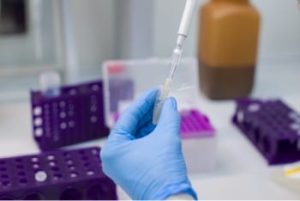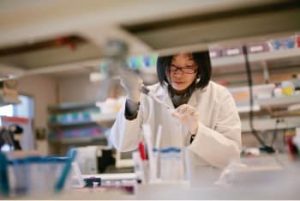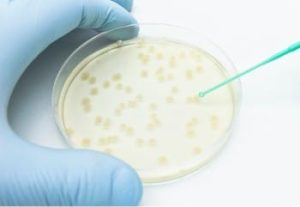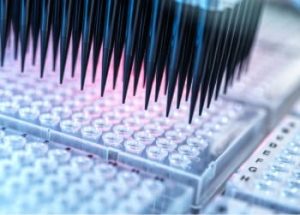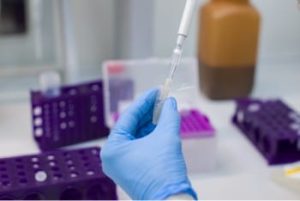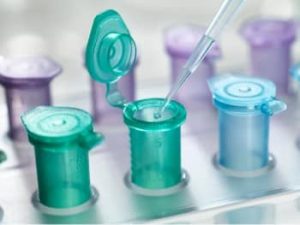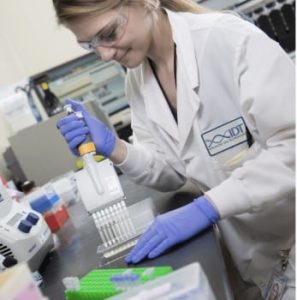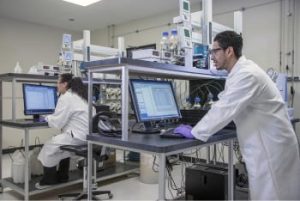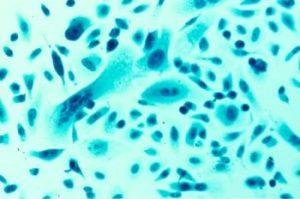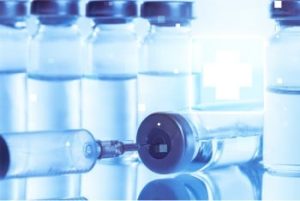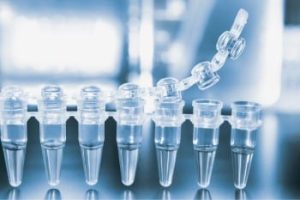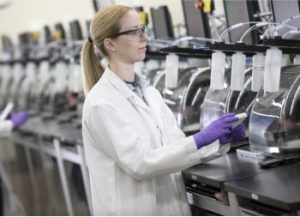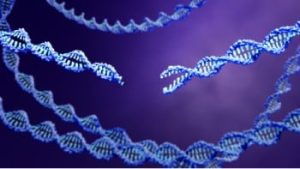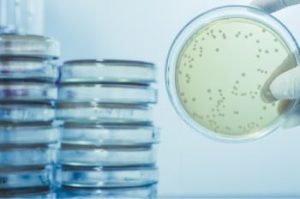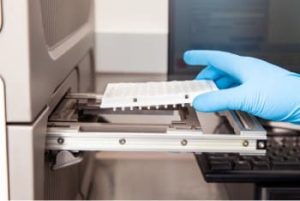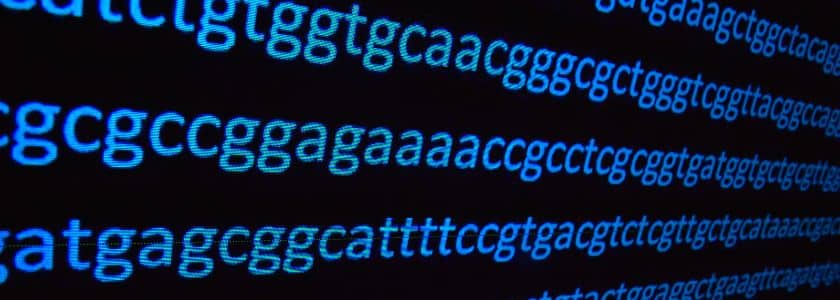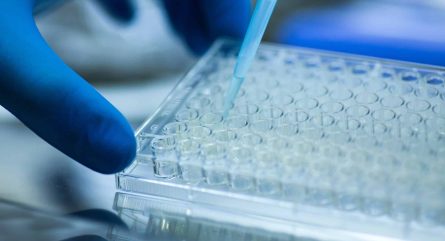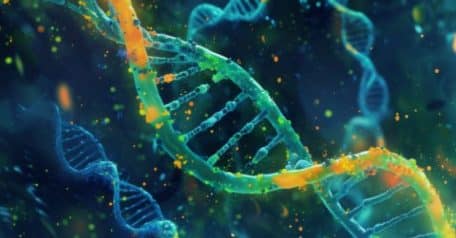Key Summary:
- A promoter is a DNA sequence that controls gene expression.
- The promoter tells the RNA polymerase where the begin and allows the enzyme to attach to the DNA.
- The strength of a promoter refers to its ability to efficiently initiate transcription.
In genetics, a promoter is a specific region of DNA that serves as the initial binding site for RNA polymerase and transcription factors. This region is located upstream (towards the 5' end) of the gene it controls. The primary function of a promoter is to initiate the process of transcription, where the information encoded in the DNA is transcribed into RNA.
Promoters are essential elements in the regulation of gene expression. Here are some important aspects to consider:
- Initiating transcription: Promoters contain sequences of nucleotides that are recognized by RNA polymerase, the enzyme responsible for synthesizing RNA from a DNA template. When RNA polymerase binds to the promoter, it marks the beginning of transcription.
- Transcription factors: Promoters also interact with transcription factors, which are proteins that regulate gene expression. These transcription factors bind to specific sequences within the promoter region and help recruit RNA polymerase to the correct gene.
- Conserved sequences: Promoters often contain conserved sequences, known as core promoter elements, that are recognized by RNA polymerase and transcription factors. These elements include the TATA box, initiator element (Inr), and others, depending on the specific gene and organism.
- Promoter strength: The strength of a promoter refers to its ability to efficiently initiate transcription. Strong promoters result in high levels of gene expression, while weak promoters lead to lower levels of expression.
- Promoter regulation: Promoters play a crucial role in gene regulation, as the activity of a promoter can be modulated by various factors such as environmental cues, signaling pathways, and the presence of specific transcription factors or regulatory proteins.
Promoters are fundamental elements of gene expression regulation, as they control when and to what extent a gene is transcribed into RNA, thereby influencing the production of proteins within a cell.
How are promoters used in genetics?
In genetics, promoters play a crucial role in regulating the start of transcription, which is the process where the genetic information in DNA is transcribed into RNA. Promoters act as binding sites for RNA polymerase and transcription factors, allowing these molecules to come together and begin the transcription process. Here's how promoters are used in genetics:
- Initiating transcription: The primary function of a promoter is to initiate the transcription of a specific gene. When RNA polymerase and transcription factors bind to the promoter region, they form a transcription initiation complex, which marks the starting point for transcription.
- Regulating gene expression: Promoters play a crucial role in regulating gene expression. The activity of a promoter can be influenced by various factors, including environmental signals, cellular conditions, and the presence of specific regulatory proteins. By modulating the accessibility or activity of the promoter, cells can control when and how much of a particular gene is transcribed.
- Studying gene function: Researchers use promoters to study the function of genes in experimental settings. By manipulating the activity of a gene's promoter, researchers can control the timing and level of gene expression, allowing them to investigate the gene's role in various biological processes. Promoter sequences can be modified or replaced with synthetic promoters to achieve specific experimental goals.
- Gene therapy: In gene therapy, promoters are used to drive the expression of therapeutic genes in target cells. By selecting appropriate promoters, researchers can ensure that the therapeutic gene is expressed at the desired level and in the appropriate cell type. Promoters that are active in specific tissues or under certain conditions can be used to achieve targeted gene expression while minimizing off-target effects.
- Biotechnology and genetic engineering: Promoters are also used in biotechnology and genetic engineering to produce recombinant proteins or modify organisms for various purposes. By coupling a gene of interest with a strong promoter, researchers can produce large quantities of the desired protein for research, medical, or industrial applications. Promoters can also be engineered to drive the expression of multiple genes simultaneously, allowing for the construction of complex genetic circuits and metabolic pathways.
What is transcription in genetics?
Transcription is a fundamental process in genetics where the genetic information encoded in DNA is copied into RNA molecules. This process is essential for gene expression, as it serves as the first step in the central dogma of molecular biology, where genetic information flows from DNA to RNA to protein. Here's an overview of transcription in genetics:
Initiation: Transcription begins with the binding of RNA polymerase, along with other transcription factors, to a specific region of DNA called the promoter. The promoter contains sequences that signal the start site for transcription. Once RNA polymerase is bound to the promoter, it unwinds the DNA double helix to expose the template strand.
Elongation: As RNA polymerase moves along the template strand of DNA, it synthesizes a complementary RNA molecule by adding nucleotides one at a time. The growing RNA molecule is elongated in the 5' to 3' direction, complementary to the template DNA strand. The DNA double helix is reformed behind the polymerase as it progresses.
Termination: Transcription continues until the RNA polymerase reaches a termination signal in the DNA sequence. In prokaryotes, termination signals may include specific sequences that cause the RNA polymerase to dissociate from the DNA and release the newly synthesized RNA molecule. In eukaryotes, termination is more complex and can involve different mechanisms.
RNA processing (in eukaryotes): In eukaryotic cells, the initial RNA transcript, called pre-mRNA, undergoes additional processing steps before it becomes mature mRNA. These processing steps include capping, splicing, and polyadenylation. The 5' end of the pre-mRNA is modified with a 7-methylguanosine cap, introns (non-coding regions) are removed through splicing, and a polyadenine tail is added to the 3' end. The mature mRNA is then ready to be transported out of the nucleus and translated into protein in the cytoplasm. This process takes place to ensure protection from degradation and accurate and efficient gene expression.
Gene expression regulation: Transcription is a highly regulated process that can be influenced by various factors, including environmental signals, cellular conditions, and the presence of specific regulatory proteins. Gene expression can be regulated at initiation, elongation, or termination, allowing cells to control when and how much of a gene is transcribed into RNA.
Transcription is a crucial process in genetics that allows cells to convert the information stored in DNA into functional RNA molecules, which in turn play essential roles in protein synthesis, cellular function, and regulation of gene expression.
What role does IDT play in promoters?
The promoter is a fundamental element of gene expression regulation, making it crucial to use the correct sequence. Integrated DNA Technologies (IDT) can assist with this. For more information on various cloning techniques, sequence design, and codon optimization, check out ourDNA Cloning Guide. You can also use our Codon Optimization tool to help maximize your results.
Synthetic, double-stranded DNA fragments, such as eBlocks™ Gene Fragments or gBlocks™ or gBlocks HiFi Gene Fragments, are useful in cloning and gene assembly applications. While DNA sequences like the promoter region can be challenging to synthesize, IDT offers a variety of vectors that contain all the necessary elements for transcription so check out your options here.

